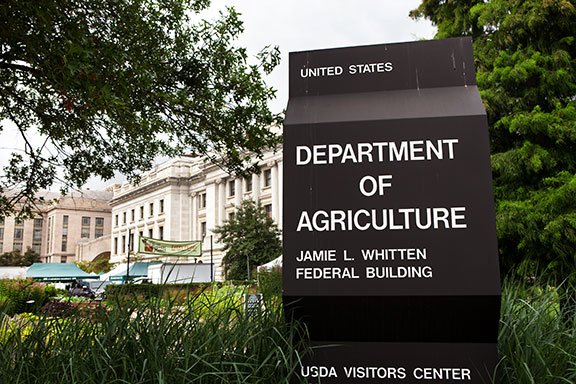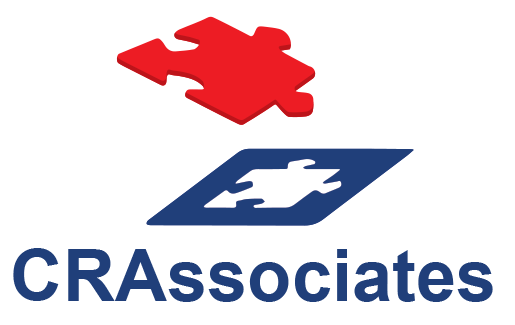USDA BUSINESS PROGRAMS
 if the total NMTC financing is over $5 million a forgivable loan (at the end of 7 years) equal to approximately 33% of the total NMTC financing, or
if the total NMTC financing is over $5 million a forgivable loan (at the end of 7 years) equal to approximately 33% of the total NMTC financing, or- if the total NMTC financing is under $5 million a non-forgivable loan equal to 100% of the NMTC financing (which may mature up to 40 years).
- There are 8 major USDA’s Business Programs which:
- provide financial backing and technical assistance to stimulate business creation and growth in eligible rural communities (such as loans, loan guarantees and grants to individuals, businesses, cooperatives, farmers, ranchers, and public and nonprofit corporations);
- are facilitated through partnerships with public and private community based organizations and financial institutions to provide financial assistance, business development, and technical assistance to rural businesses;
- provide capital, equipment, space, job training, and entrepreneurial skills that can help to start and/or grow businesses; and
- support the creation and preservation of quality jobs in such rural areas.
- Please click the following link, each of which provides more specific information about the 8 major USDA’s Business Programs which:
- The NMTC Program Subsidy/forgivable loan is equal to the (x) size of the NMTC financing (i.e., the “Qualified Equity Investment”).
- The other Loan (the “Senior NMTC Loan”) is equal to the (x) NMTC Financing/”Qualified Equity Investment,” less (y) the amount of the forgivable loan.
- Example: If the size of the NMTC financing is $10 million and the current market pricing is $0.84, then the NMTC Program Subsidy/forgivable loan is approximately $3.3 million (i.e., $10 million NMTC financing x 39% NMTCs x $0.84). Then, the Senior NMTC Loan is equal to $6.7 million (i.e., $10 million NMTC financing less the $3.3 million NMTC Subsidy/forgivable loan), which is provided by the Borrower’s other available financing and used in the IRS Approved Leverage Structure.
USDA Community Facilities Programs
There are 5 major USDA’s Community Facilities Programs which:
- provide direct loans, loan guarantees and grants to develop or improve essential public services and facilities in eligible rural communities;
- increase the competitiveness of such rural communities in attracting and retaining businesses that provide employment and services for their residents;
- can be used to construct, expand or improve facilities that provide health care, education, public safety, and public services (such as fire and rescue stations, village and town halls, health care clinics, hospitals, adult and child care centers, assisted living facilities, rehabilitation centers, public buildings, schools, libraries, and many other community based initiatives); and
- can be used to cover the costs for land acquisition, professional fees, and purchase of equipment.
- Please click the following link, each of which provides more specific information about the 5 major USDA’s Community Facilities Programs which:
- The NMTC Program Subsidy/forgivable loan is equal to the (x) size of the NMTC financing (i.e., the “Qualified Equity Investment”).
- The other Loan (the “Senior NMTC Loan”) is equal to the (x) NMTC Financing/”Qualified Equity Investment,” less (y) the amount of the forgivable loan.
- Example: If the size of the NMTC financing is $10 million and the current market pricing is $0.84, then the NMTC Program Subsidy/forgivable loan is approximately $3.3 million (i.e., $10 million NMTC financing x 39% NMTCs x $0.84). Then, the Senior NMTC Loan is equal to $6.7 million (i.e., $10 million NMTC financing less the $3.3 million NMTC Subsidy/forgivable loan), which is provided by the Borrower’s other available financing and used in the IRS Approved Leverage Structure.
Applying for USDA Program Subsidies
There are potentially 2 types of applicants for USDA Programs. First, a “first-tier” applicant (such as a bank), which directly applies to the USDA. Second, if applicable, a “second tier” applicant (such as a Borrower), which applies to the successful “first-tier” applicant (such as a bank), which facilities the deployment of the particular subsidy to the “second-tier” applicant.
There are many complex rules that must be followed in order to qualify for and maintain a USDA Program subsidy.
Our legal financial and accounting backgrounds as well as significant experience in community and economic development enables us to strategically underwrite, structure and close these complex financings on behalf of our clients.
Generally, all of our fees are contingent upon the receipt of the particular USDA Program subsidy.
If you believe that you are a business or nonprofit whose operations, services, construction, renovation of real estate, purchase of equipment or any other financing needs could qualify for any USDA Program, please click on Initial Intake Form.
